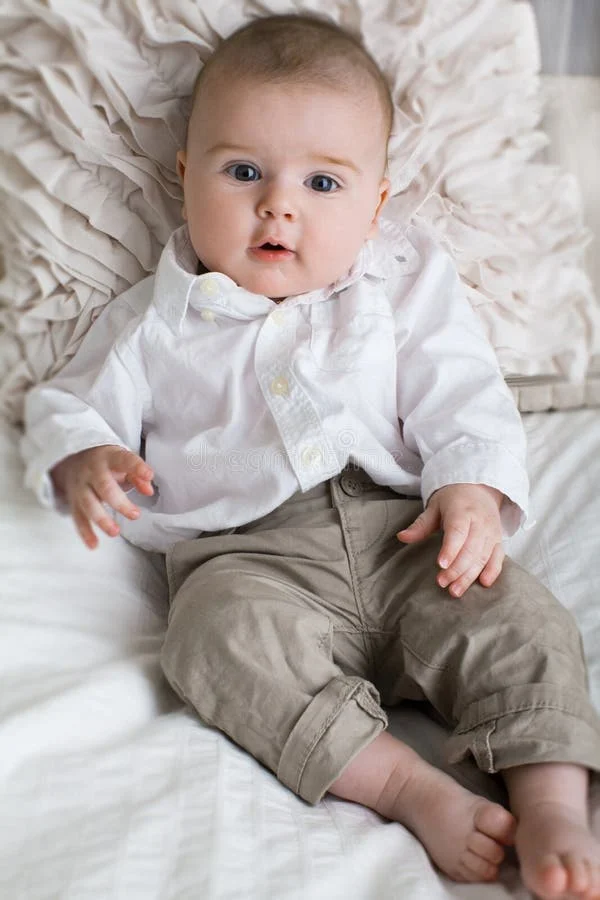“You know, I used formula and you turned out just fine.” My mother murmured this to herself as I sat in my cramped kitchen, nursing my infant daughter for what felt like the hundredth time that hour. I waved her off, concentrating instead on the challenging task of positioning my nipple just right for my baby’s eager lips, all while trying to avoid the sweat dripping down my forehead.
It had been several weeks since I brought home my newborn, Mia, from the hospital to our tiny New York apartment. My life had since become an endless cycle of nurturing, which included co-sleeping, on-demand nursing, and keeping her strapped to me in various eco-friendly carriers.
During my pregnancy, I had immersed myself in literature on attachment parenting, excited by the prospect of keeping my baby close, exploring the city together. I envisioned pointing out landmarks and making memories while sipping on decaf lattes, all while my little one nestled securely against my chest. Plus, the challenge of fitting a nursery into our single-bedroom apartment was easily resolved—who needed a crib when co-sleeping was an option?
I had meticulously planned for a natural childbirth, complete with a detailed birth plan that I distributed to everyone involved in the process. It was filled with requests for massages instead of medication, alongside a carefully curated selection of aromatherapy oils and music playlists. I was fully prepared.
However, the reality of Mia’s birth was a chaotic departure from my plans. After laboring at home for most of the day, the pain became unbearable upon reaching the hospital, leading me to beg for an epidural before I even reached six centimeters dilation. The experience left me in awe of women who manage natural childbirth; I struggled significantly.
Once the pain relief kicked in, an alarming six hours passed unnoticed as everyone seemed distracted. The delivery doctor, it turned out, had been delayed—rumor had it he’d dozed off in a broom closet. By the time he arrived, my daughter had ingested meconium and required immediate attention in the NICU, where she was placed on a ventilator. For two weeks, we lived in uncertainty, fearful of never bringing her home. The doctors, likely wary of potential repercussions, avoided eye contact, which only added to our distress.
Mia, appearing as a giant among the other tiny preemies, cried silently due to the intubation. I could only stroke her through the glass and whisper reassurances. My milk came in while I was sleeping on a hospital cot, and instead of nursing my sweet girl, I resorted to pumping while crying over tabloids.
When Mia finally returned home, I was consumed by fear and anxiety, reluctant to let her out of my sight. My expensive jog stroller remained untouched, while I held her constantly, attempting to soothe her during her frequent wake-up calls. Well-meaning family members offered their help, but I often hovered around, waiting for any sign of fussiness.
In my quest for closeness, I even found an uncomfortable waterproof baby carrier that allowed me to shower without putting Mia down—an absurdity in hindsight. Slowly, my anxiety morphed into judgment; I began to criticize other mothers for using strollers or formula, convinced that my methods were superior.
As my mother suggested that it was acceptable for Mia to cry occasionally, I snapped back, “If crying is good for the lungs, then bleeding must be good for the veins, right?” My mental state was deteriorating, and it became evident that I was on the brink of a breakdown. I lost weight rapidly, my hair began to thin, and I felt utterly exhausted.
One night, while nursing a now ten-month-old Mia, I snapped, shoving my nipple toward her and hissing, “HERE, TAKE IT. YOU ARE KILLING MOMMY, YOU KNOW THAT?” I was horrified at my own words, realizing something had to change.
This moment was pivotal. Although I continued to nurse Mia well into her toddler years and she still often shared my bed, I recognized that my obsessive need for attachment was compromising my well-being. I needed to prioritize self-care to be the best mother I could be.
I learned that a rested and healthy me was far more effective in nurturing my child than the exhausted shell I had become. Motherhood is a continuous journey filled with lessons, and I’m learning to embrace every twist and turn along the way. For those interested in exploring home insemination, resources like this article and this guide can provide valuable insights. Furthermore, the March of Dimes offers excellent information on pregnancy and related topics.
Summary
The article discusses the challenges and realizations of a mother’s journey into attachment parenting, highlighting the importance of self-care and balance. It underscores the need for mothers to nurture themselves to effectively care for their children while navigating the complexities of early motherhood.
